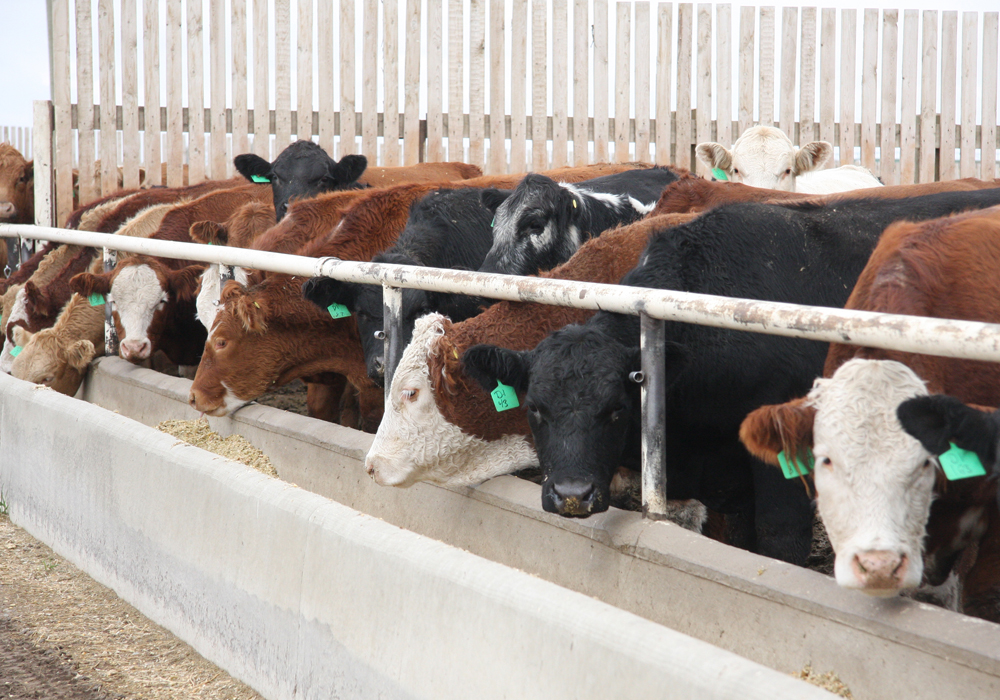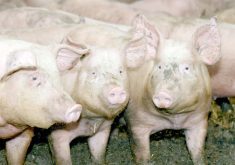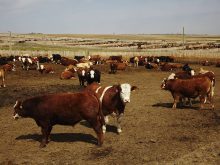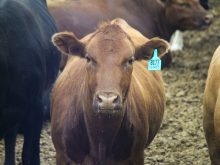Statistics Canada says beef heifer numbers dropped 0.8 percent from last year while cows were down 1.4 percent
Canadian cattle inventory numbers continued to decline in the first part of 2020, settling at 12.2 million head as of July 1 Statistics Canada figures.
That number represents a reduction of 0.5 percent compared to July 2019. The domestic herd has shrunk by 27.5 percent since its peak in July 2005.
In its report released Aug. 20, StatsCan said producers retained fewer breeding stock in 2020 compared to July 2019. The number of beef heifers declined by 0.8 percent to 630,800 head. Cow numbers were down 1.4 percent compared to a year ago, at 3.6 million head.
Read Also

Lending policy still focused on primary producers: Farm Credit Canada
Farm Credit Canada said it has not changed its business practices and remains committed to supporting all producers, after a report from an Ottawa-based media outlet claimed otherwise.
Calf numbers decreased 0.4 percent to four million head, feeder heifers increased by 2.5 percent and steers decreased by 0.8 percent.
Dairy cow and heifer numbers, at 1.4 million head, were unchanged from last July.
“Total disposition of cattle and calves was down 7.4 percent in the first half of 2020 compared with the same period in 2019, driven by decreased cattle exports and slaughter,” StatsCan reported.
“Processing plants in some provinces were closed for a period of time, resulting in a delay in slaughter. Total cattle slaughter from January to June decreased 8.6 percent to 1.6 million head year over year.”
Exports of cattle and calves dropped by 10.7 percent, to 369,000 head during the first half of 2020. Exports to the United States were affected by the pandemic when slaughter plants closed or lost production, which reduced demand for Canadian cattle.
Alberta continued to have the largest number of cattle, with 40.4 percent of the Canadian total. Saskatchewan followed with 21.3 percent and Ontario with 13 percent.
Prices also averaged lower than the January to June period of 2019, which StatsCan attributed to the oversupply of cattle when processing capacity diminished due to COVID-19.
Brian Perillat, senior analyst with Canfax, said fed cattle prices have been some of the lowest in a decade.
He also noted Canada has the smallest beef herd since 1990 with no signs of herd growth. Cow slaughter is down by more than 20 percent this year, he said, as plants concentrate on managing the backlog of fat cattle and producers keep more cows on grass and out of the slaughter mix.
Perillat also noted the major decrease in exports. Last year Canada was a net importer of feeder cattle and that carried through the first part of this year.
However, through April, May and June he estimated feedlots were losing up to $550 per head, assuming they had no risk management in place.
“We continue to see these losses in the feedlot,” said Perillat.
A rising Canadian dollar relative to the U.S. dollar does no favours for the industry either. A rise in dollar value by one cent impacts calf prices by four to five cents per pound.
















